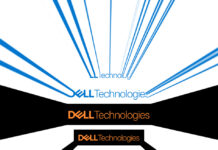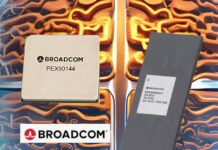NIS2 – The EU cybersecurity Network and Information Security 2 directive updates the 2016 NIS directive and takes effect on October 18, 2024. It has stricter security requirements, faster incident reporting, a focus on supply chain security, harsher penalties for non-compliant organizations, harmonized rules across the EU, and better member state information sharing. NIS2 aimed to improve the cyber-resilience of critical infrastructure and services across the European Union. Operators of NIS-affected services have to set up risk management practices and report significant incidents. EU member states have to set up national cybersecurity strategies and Computer Security Incident Response Teams (CSIRTs), and there is an EU-wide Cooperation Group to encourage cybersecurity information sharing.







